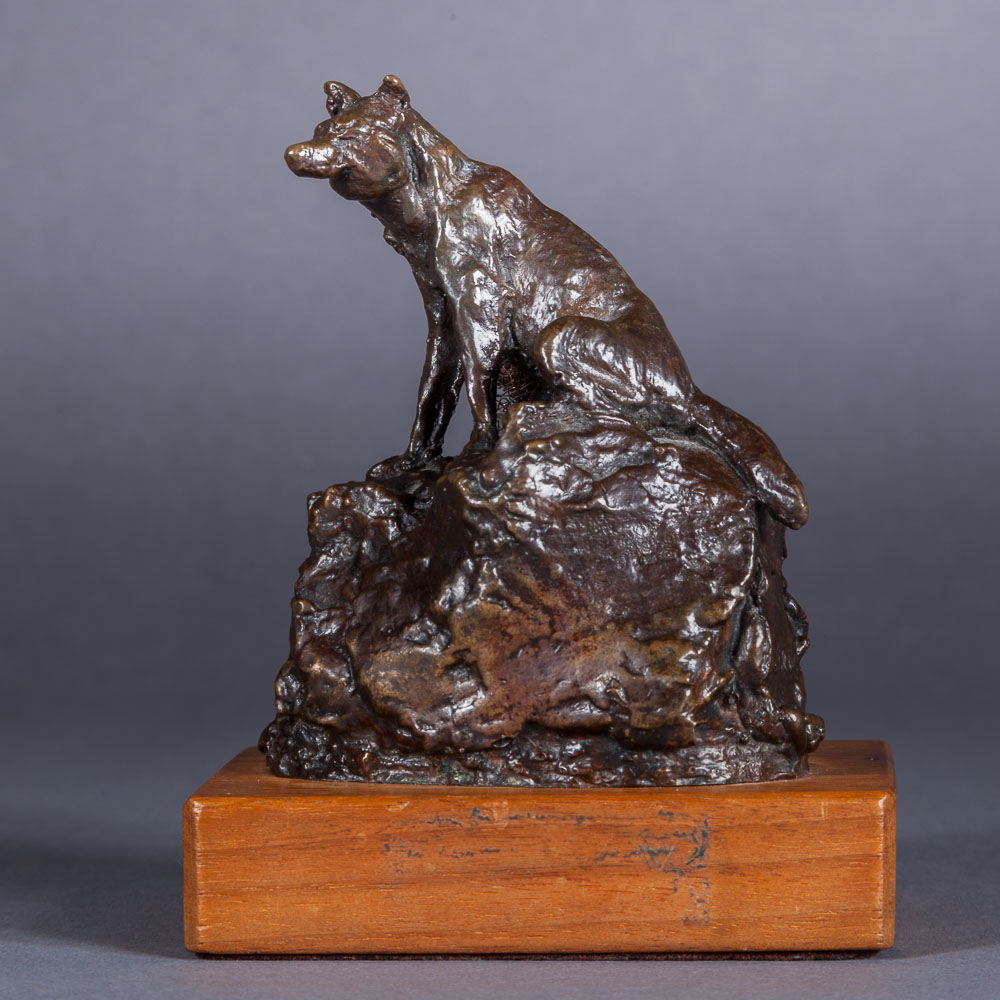Charles D. Robinson
No Results Found
The page you requested could not be found. Try refining your search, or use the navigation above to locate the post.
About Charles D. Robinson
A prolific plein-air painter of western landscape, Charles Robinson earned a distinguished reputation as a California artist, much of it based on his panoramic scenes of Yosemite Valley where he summered for twenty-four years. He also painted in nearby states including Arizona where his subject matter included the Grand Canyon.
Charles Robinson was born in East Monmouth, Maine, and his father, David Robinson, was a theatre producer for Gold Rush mining towns and constructed the first theatres and plays for stage productions in San Francisco. In 1850, his family moved to San Francisco where he was educated in the public schools and grew up sketching harbor scenes.
From 1861 to 1873, he lived in Vermont because the family was forced out of San Francisco by threats resulting from his father being on the Vigilance Committee. On the East Coast, he became the pupil of marine artists William Bradford and M.F.H. De Haas as well as Impressionist George Inness. He was also much influenced by Albert Bierstadt and James Hamilton.
He lived in Clinton, Iowa from 1873 to 1874 to court and marry Kathryn Wright, and then returned to San Francisco. He first worked as a re-toucher of photos, and he and his wife wrote and did illustrations for Overland Monthly and Century magazine.
By 1876, Robinson was exhibiting regularly as a painter, and in 1880 began making trips to Yosemite Valley. He was also in Paris between 1899 and 1901 and offered the Paris Exposition in 1900 a painting of Yosemite that was 50 x 380 feet and weighed five tons. When the committee rejected the panorama, he cut it into pieces, which he sold for passage money home.
In the earthquake and fire of 1906, many of his paintings were destroyed in a warehouse where he had thought they would be safe. In 1921, a fire in his home destroyed twenty years worth of Yosemite paintings. He died May 8, 1933 in San Rafael, California.
Source: AskArt.com
